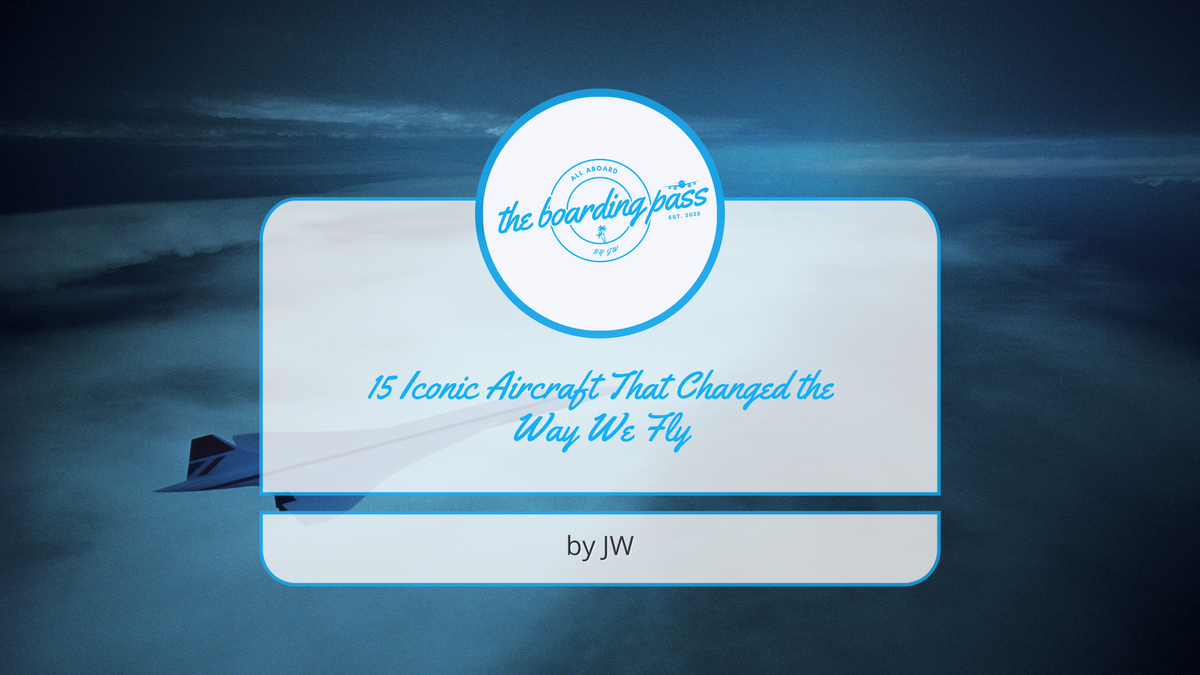Final Approach – Where Legends Still Fly
Welcome back to The Boarding Pass Travel Blog. If you’ve ever looked up, squinted at a contrail and thought, “What aircraft is that?”, this one’s for you. Aviation has a strange hold on us. It’s speed, noise, grace, and human audacity all wrapped in aluminium and jet fuel.
I've flown on a variety of fixed and rotary wing aircraft from the C-130 Hercules, to beast that is the Ch-47 Chinook. Today, it's the Airbus A380 that catches my eye. The four-engined gentle giant seems to glide through the air effortlessly. I'm lucky enough to see multiple A380s flying over the skies of London during my lunchtime walks, but I've yet to fly on one.
So, buckle up, fold up your tray and put your seat in the upright position. Emergency exists aren't needed for this supersonic post. Here are 16 machines that truly changed the way we fly, legends of the sky that turned science fiction into reality.
Concorde The Supersonic Dream
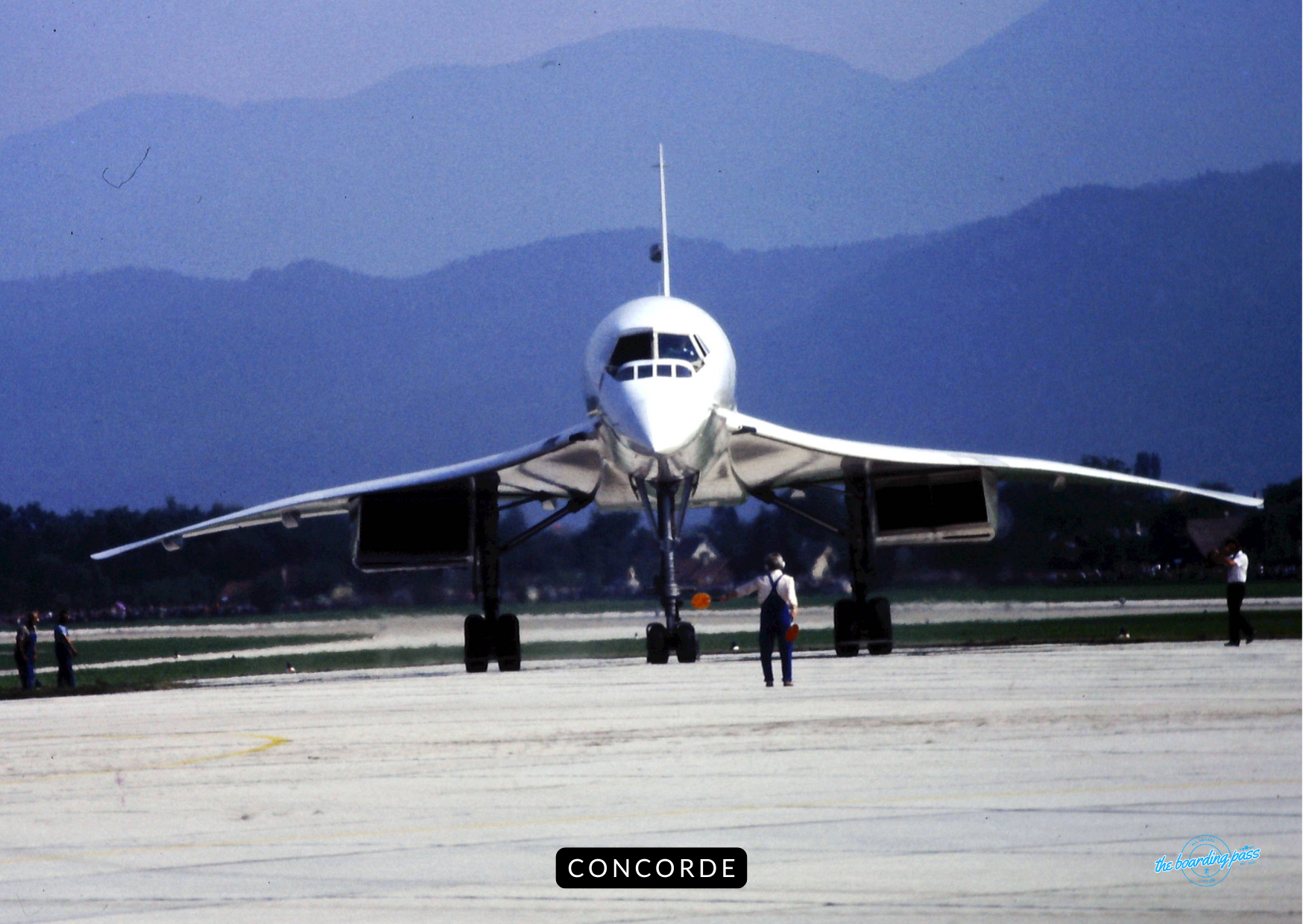
We start with the diva of the skies. Concorde wasn’t built to be practical, it was built to be magnificent. Developed by Britain and France, this delta-winged masterpiece cruised at Mach 2.04 (1,354 mph) and sliced transatlantic flight times to three hours.
The aircraft made its first flight from Toulouse on 2 March 1969 and entered passenger service on 21 January 1976 with British Airways and Air France.
Mike Bannister wrote about his adventures as the Chief Concorde pilot. I was amazed to learn how British Airways encouraged passengers to join Mike and his colleagues on the flight deck during flight. Mike's book is an excellent insight to how Concorde operated, with BA offering a First Class Plus services.
Inside, the champagne was cold, the windows were small, and the bragging rights were huge. Concorde wasn’t just fast, it was fashion at 60,000 feet.
Engines 4 Rolls-Royce/SNECMA Olympus 593 turbojets (38,000 lbs thrust each)
Fuel Capacity 26,286 Imperial gallons (119,500 litres)
Fuel Burn 5,638 Imperial gallons (25,629 litres) per hour
Range 4,143 miles (6,667 km)
Take off speed 250 mph (400 km/h)
Landing Speed 187 mph (300 km/h)
Boeing 747 – The Queen of the Skies

The 747 made the world accessible. When it debuted in 1969, it was the first true “jumbo jet”, carrying more people farther than ever before. Suddenly, long-haul travel wasn’t just for the elite, it was for honeymooners, students, and explorers.
That hump wasn’t just for looks. It housed a lounge in the early models, with spiral staircases and a cocktail trolley. The 747 ruled the skies for half a century, and even now, spotting one is pure magic. There are some many variants of this aircraft, it feels hard to keep up with.
Key versions of the 747 include:
- 747-100 (1969): The original Pan Am model.
- 747SP (1976): Shorter, longer-range “Special Performance” version.
- 747-400 (1989): Advanced avionics, two-crew cockpit.
- 747-8 (2010): Latest and most powerful model.
A military version, the VC-25A, serves as the U.S. presidential aircraft.
I've travelled on the upper deck of a 747, and I can say it was a bit noisy.
According to boeing-747.com, its fleet has logged nearly 42 billion nautical miles, equaling over 100,000 round trips to the Moon.
Engines Engine thrust evolved from 43,500 pounds on early models to 63,300 pounds on newer versions of the iconic jet.
Fuel Burn and Capacity depending on the variant, a Boeing 747 carries roughly 48,000–63,000 gallons (183,000–239,000 liters) of fuel, burning 3,500 to 3,800 gallons per hour. It's a powerful example of both the aircraft’s immense capability and fuel demands.
Range The 747-8, flies up to 8,000 nautical miles, making it ideal for logistic operations.
Take off speed 180 mph (288 km/h)
Landing Speed 160 mph (256 km/h)
Airbus A380 – The Gentle Giant
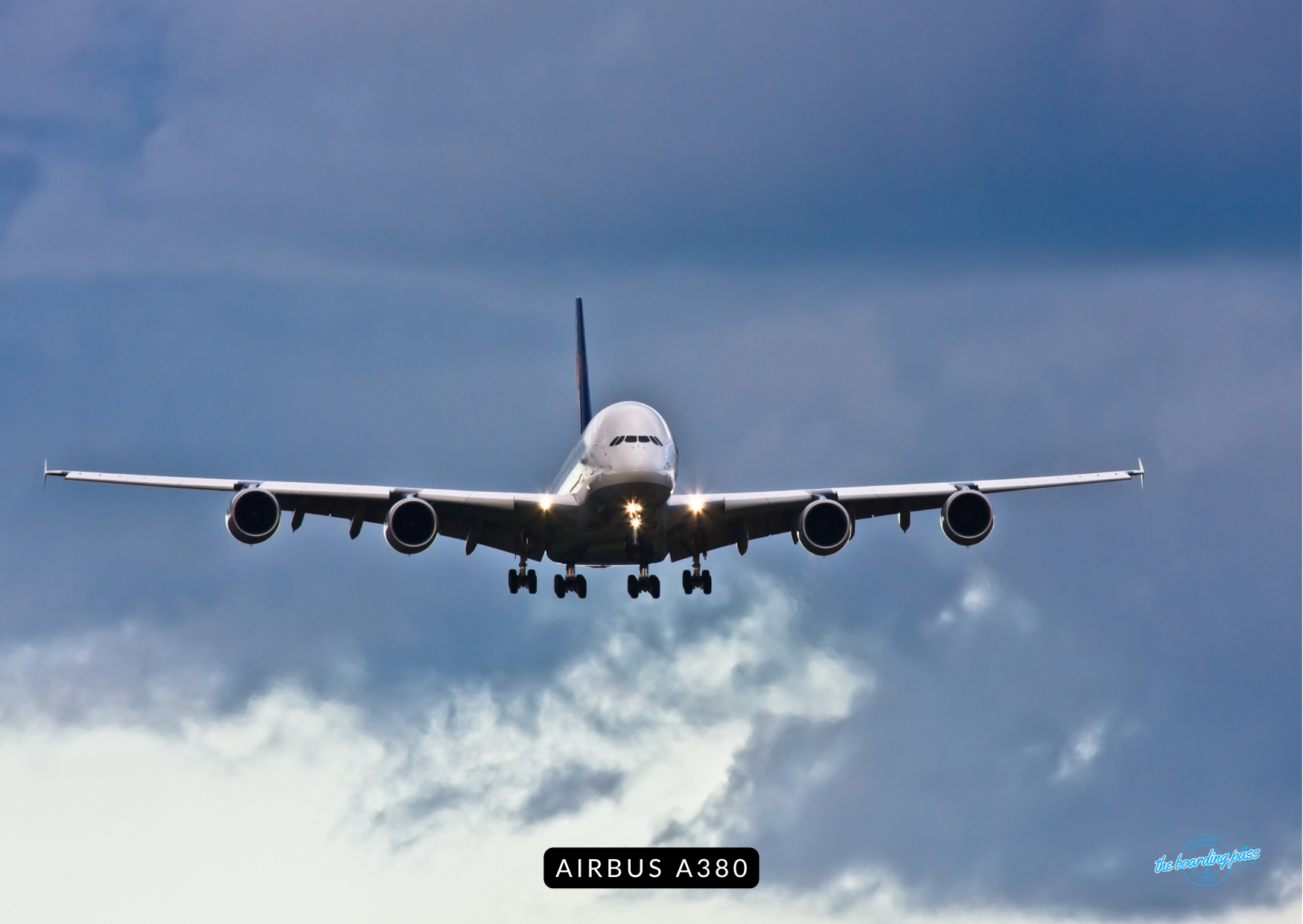
If the 747 was the Queen, the A380 is the palace. The largest passenger aircraft ever built, it can carry up to 853 passengers and boasts two full decks of quiet luxury.
When it first took flight in 2005, it felt impossible, an aircraft this size simply shouldn’t fly. Yet it glides like a dream. A marvel of engineering and comfort, the A380 remains a fan favourite, even after production ended in 2021.
This engineering marvel comprises around four million parts made by 1,500 companies from 30 countries. The design features 220 windows, 16 doors, and 5,000 onboard lighting scenarios using energy-efficient LEDs.
Engines The Airbus A380 is powered by either four Rolls-Royce Trent 900 or Engine Alliance GP7200 turbofan engines. Each engine delivers a whopping 70,000–81,500 pounds of thrust, that' roughly equal to the power output of 2,500 cars.
| Specification | Detail |
|---|---|
| Manufacturer | Airbus (Toulouse, France) |
| First flight | 27 April 2005 |
| In service since | 25 October 2007 |
| Length | 72.7 m |
| Wingspan | 79.8 m |
| Height | 24.1 m |
| Max passengers | 853 |
| Typical passengers | 500–545 |
| Engines | 4× Trent 900 or GP7200 |
| Range | 14,800–15,400 km |
| Cruise speed | Mach 0.85 |
| Max takeoff weight | 575 tonnes |
| Total built | 254 |
| Largest operator | Emirates (116 aircraft) |
Douglas DC-3 – The Plane That Shrunk the World
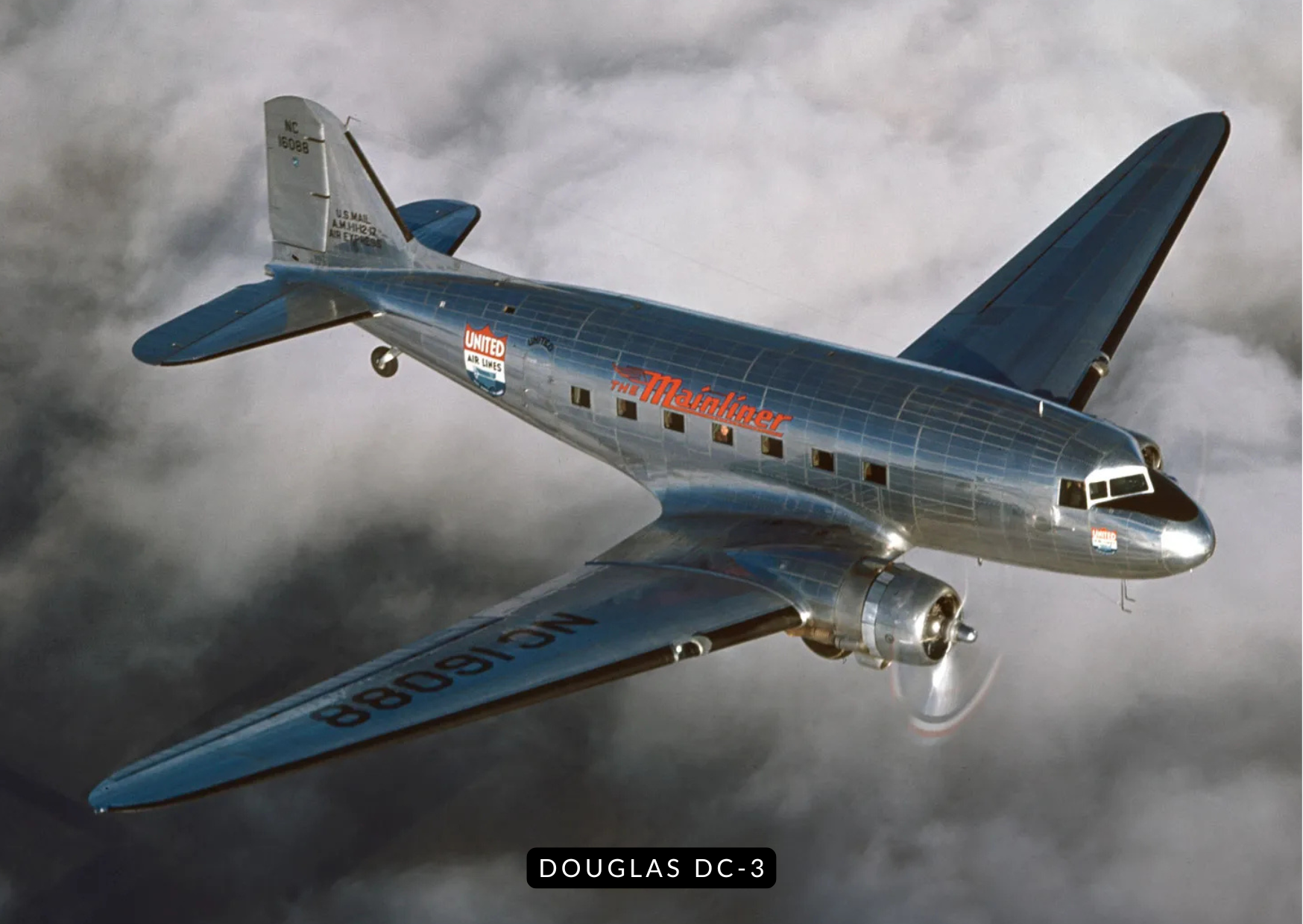
In 1933 the Douglas Aircraft Company designed a new passenger plane, as ordered by Transcontinental and Western airlines, to compete with the Boeing 247. The DC-3 made flying practical, profitable, and reliable, thanks to Douglas Aircraft engineer Arthur E. Raymond. Introduced in 1935, it became the backbone of global aviation, connecting cities and continents like never before.
Its military version, the C-47 Dakota, became a hero of WWII, delivering troops and supplies from Normandy to Burma. Many DC-3s are still flying today. The DC-3 is an 80-year-old design that refuses to retire.
Lockheed SR-71 Blackbird – The Spy That Outran Missiles

Built in secrecy, flown in silence, and faster than anything before or since — the SR-71 was pure Cold War theatre. Capable of Mach 3.3 (over 2,200 mph) at 85,000 feet, it could cross continents in under an hour.
It leaked fuel on the ground (by design) and outran every missile ever fired at it. The SR-71 wasn’t armed because it didn’t need to be. The sky was its weapon.
Supermarine Spitfire – Britain’s Finest Hour

That elliptical wing. That Merlin engine growl. The Spitfire is more than an aircraft, it’s emotion on wings.
Designed by R.J. Mitchell in the 1930s, it became Britain’s guardian angel during the Battle of Britain. Graceful, agile, and deadly, it defined an era and a nation’s spirit. Hearing one fly overhead today still raises goosebumps.
The Speed Spitfire, a modified Mk I, achieved 408 mph during an attempt at the world speed record.
The Battle of Britain wasn’t just a military campaign, it was a duel of endurance and ingenuity. Against the might of the Luftwaffe, the Spitfire became a symbol of defiance. Its speed and agility gave the RAF a vital edge, while its sleek design captured the imagination of a nation under siege. When Churchill declared, “Never in the field of human conflict was so much owed by so many to so few,” he was speaking of the men who flew these aircraft, the “Few” who held the line when invasion seemed imminent.
Powered by the Rolls-Royce Merlin engine, the Spitfire’s distinctive sound, that throaty, rising snarl became the anthem of resistance. It wasn’t just defending airspace, it was defending identity. From the fields of Kent to the cliffs of Dover, the Spitfire’s silhouette against the summer sky became a promise that Britain would not fall.
Graceful, agile, and deadly, it defined an era and a nation’s spirit. And even now, decades later, hearing one slice through the clouds still sends a shiver down the spine. It’s not nostalgia, it’s memory made mechanical, courage cast in aluminium.
Boeing 707 – The Jet Age Begins
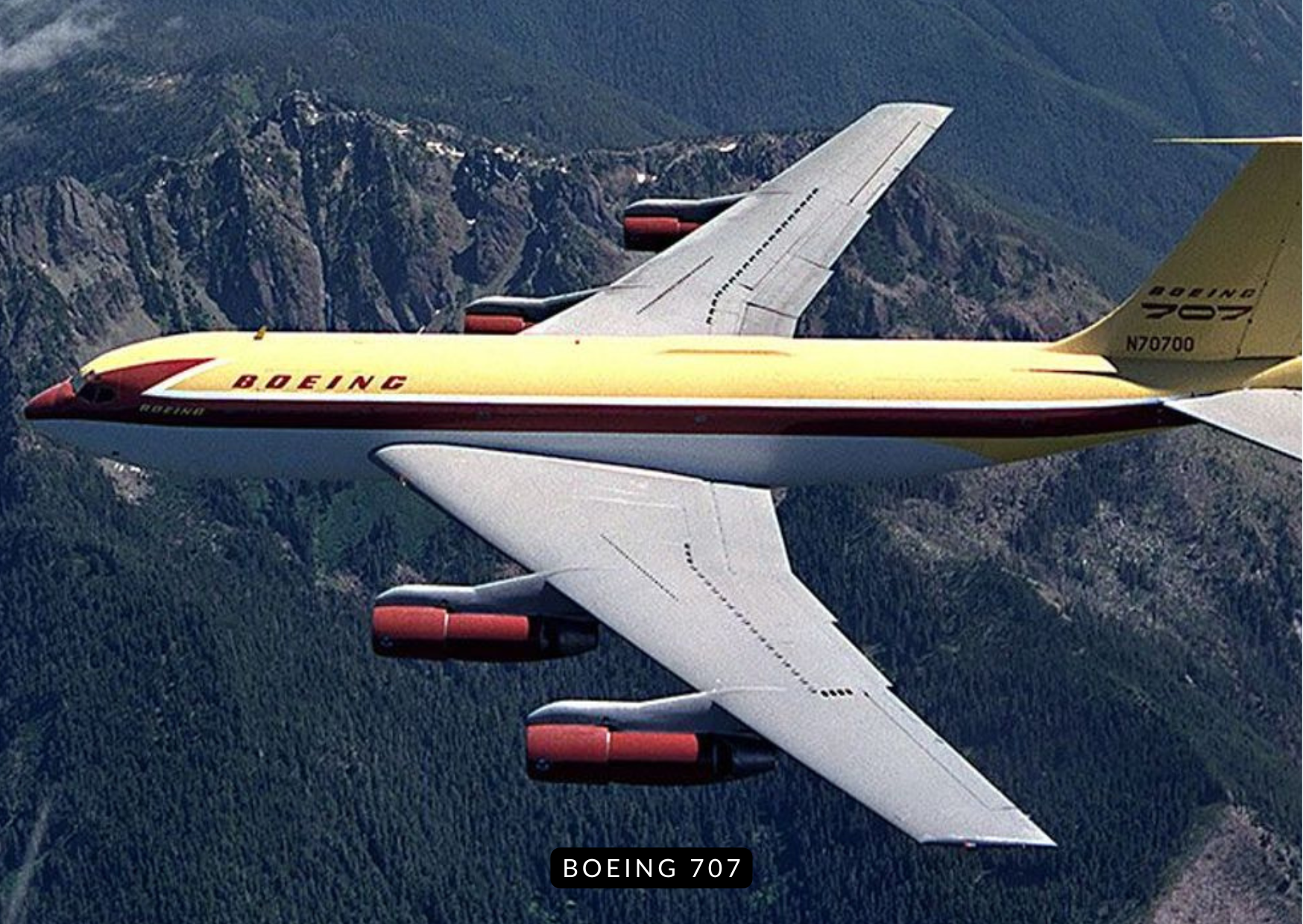
Before mass tourism, there was glamour, and the Boeing 707. Launched in 1958, it introduced jet travel to the world, halving flight times and doubling sophistication.
Pan Am’s blue globe, silver fuselage gleaming, and martinis served at altitude, this was the dawn of modern travel. The Jet Age had arrived, and everyone wanted a ticket.
Cessna 172 – The Pilot Maker
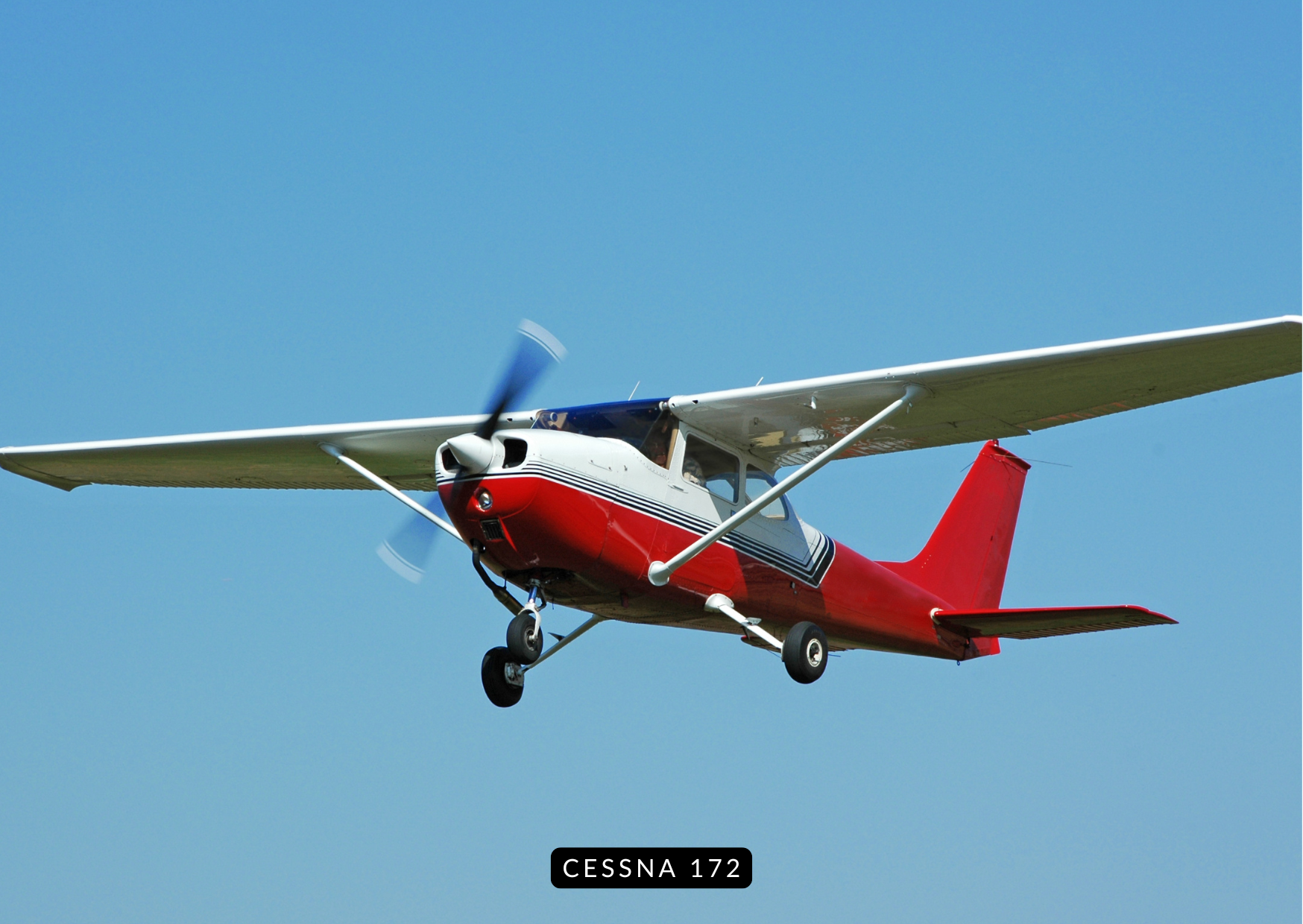
Not glamorous, but legendary. The Cessna 172 has taught more people to fly than any other aircraft in history. Over 44,000 have been built since 1955 and counting.
Simple, forgiving, and sturdy, it’s the flying world’s Ford Fiesta, and that’s no insult. For pilots, that first take-off in a 172 is a lifelong memory.
Antonov An-225 Mriya – The Flying Giant

The An-225 was engineering on a mythic scale. Six engines, 32 wheels, and a wingspan of 88 metres. Built in 1988 to carry the Soviet space shuttle, it went on to haul everything from wind turbines to locomotives.
Its destruction in 2022 was a global heartbreak, but plans to rebuild are underway. Because legends don’t die, they just need new wings.
Lockheed L-1011 TriStar – The Pilot’s Favourite

The TriStar was the thinking pilot’s wide-body. Introduced in the 1970s, it featured advanced autopilot systems, low noise, and famously smooth handling.
It never sold as well as its rival, the DC-10, but those who flew it still gush with affection. It was clever, capable, and quietly brilliant, aviation’s unsung hero.
I flew on the Royal Air Force Tristar several times. I couldn't endore passenger comfort.
Avro Vulcan – The Cold War Thunder
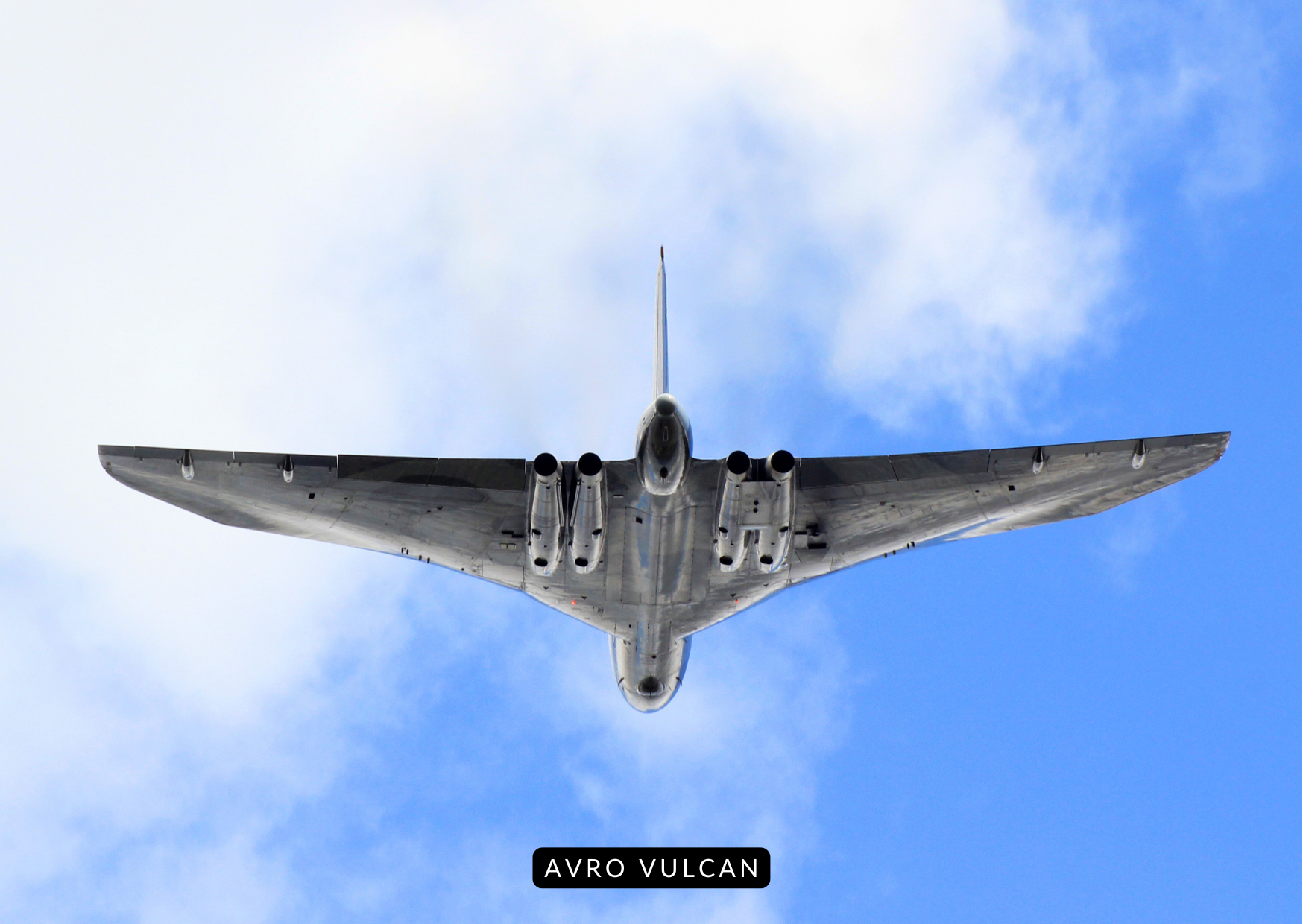
Now we’re talking drama. The Avro Vulcan looked like a sci-fi spaceship — a huge delta-winged bomber that shook the ground and rattled windows miles away.
Serving the RAF from 1956 to 1984, it formed part of Britain’s nuclear deterrent but was later used for conventional missions, most famously the daring Black Buck raids on the Falklands.
When Vulcan XH558 flew her farewell tour in 2015, thousands lined airfields to watch, many with tears in their eyes. A machine that inspired awe and nostalgia in equal measure.
Lockheed C-130 Hercules – The Indestructible Workhorse

The Herc has been everywhere, from Arctic ice to Afghan dust. First flown in 1954, it’s still in production today, hauling cargo, paratroopers, and humanitarian aid to the most remote corners of the world.
It’s not glamorous, but it’s dependable, rugged, and beloved. If aircraft had personalities, the Hercules would be that mate who always shows up to help you move house.
Boeing 777 – The Wide-Body Wonder
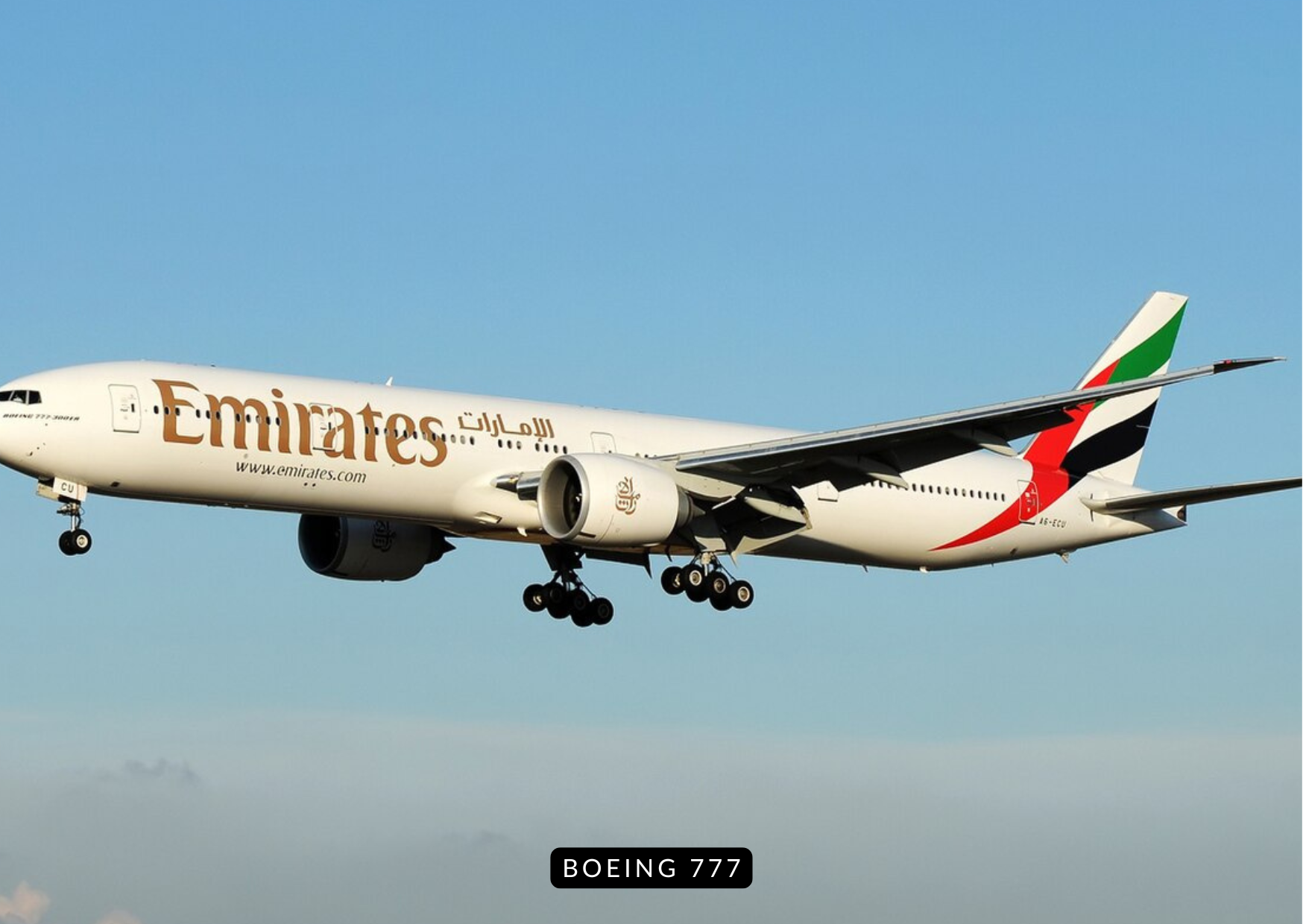
Introduced in 1995, the Boeing 777 quickly became the darling of long-haul airlines. Reliable, efficient, and beautifully engineered, it replaced the four-engine jumbos with twin-engine power and long-range capability.
Passengers love its cabin comfort; pilots call it “the Triple Seven” with pride. It’s the quiet workhorse of 21st-century aviation, elegant, powerful, and timeless.
De Havilland Comet – The Jet That Started It All
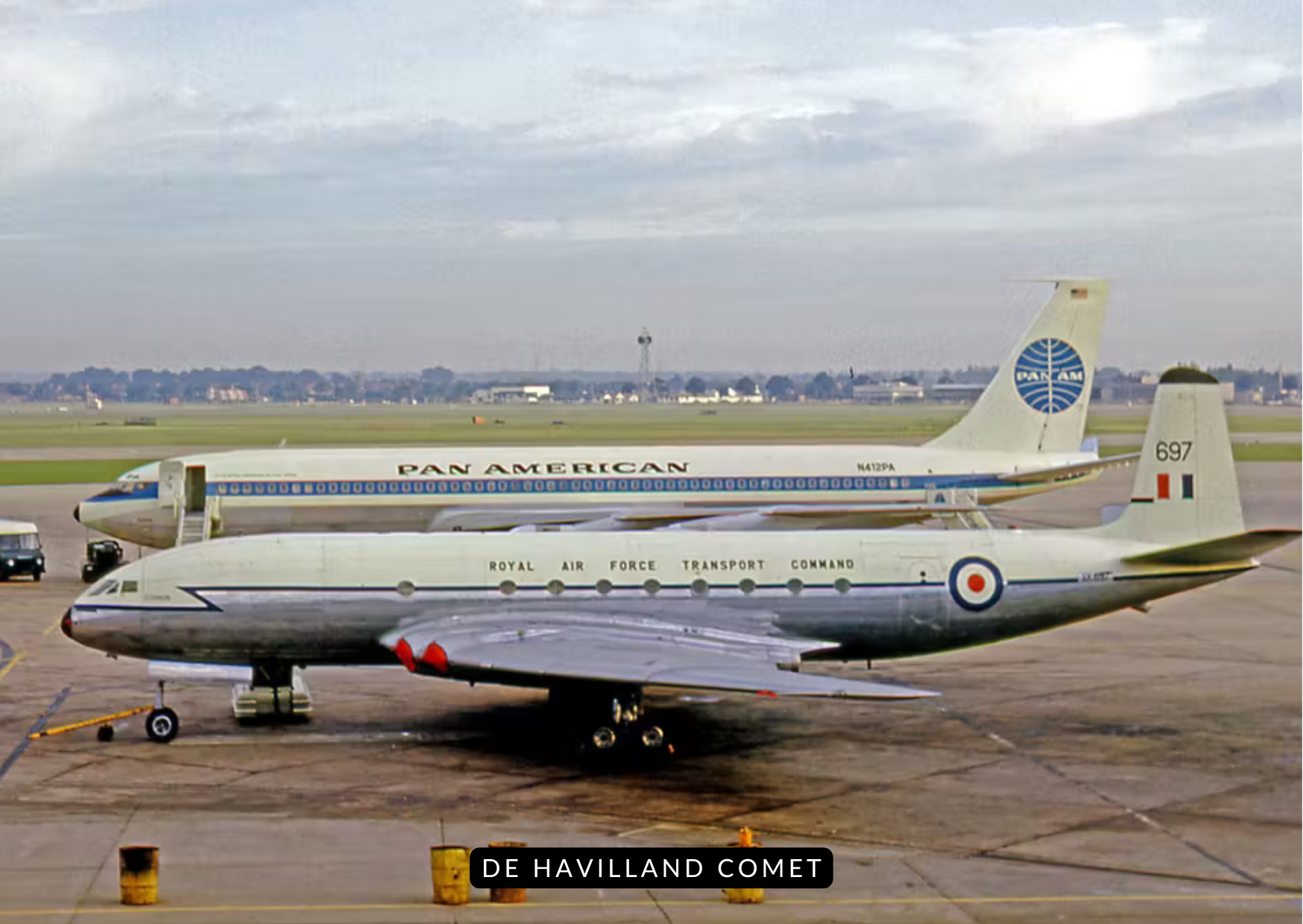
Before the 707, there was the Comet, the world’s first commercial jet airliner, designed and built in Britain. It first flew in 1949, decades ahead of its time.
Sadly, early structural failures grounded it, but the lessons learned reshaped modern aircraft design. The Comet paved the way for every jet that followed — proof that even tragedy can lead to progress.
Boom Supersonic Overture – The Future Calling

Concorde’s spiritual successor is almost here. The Boom Supersonic Overture, currently in development, promises to bring back supersonic flight, but cleaner, quieter, and more sustainable.
Planned to fly at Mach 1.7 using 100% sustainable aviation fuel, it could cut London to New York down to 3.5 hours once again. If all goes to plan, the Overture could take to the skies before 2030, proving that the dream of supersonic travel never really died.
Final Approach
From piston engines to space-age speed, these 15 aircraft tell one remarkable story of humanity’s obsession with flight. They represent courage, creativity, and that unstoppable urge to go further, faster, and higher.
Whether you’re spotting an A380 at Heathrow, visiting a Vulcan at a museum, or just dreaming of Boom’s return to the stratosphere, remember this: flying is still the greatest adventure on earth.

